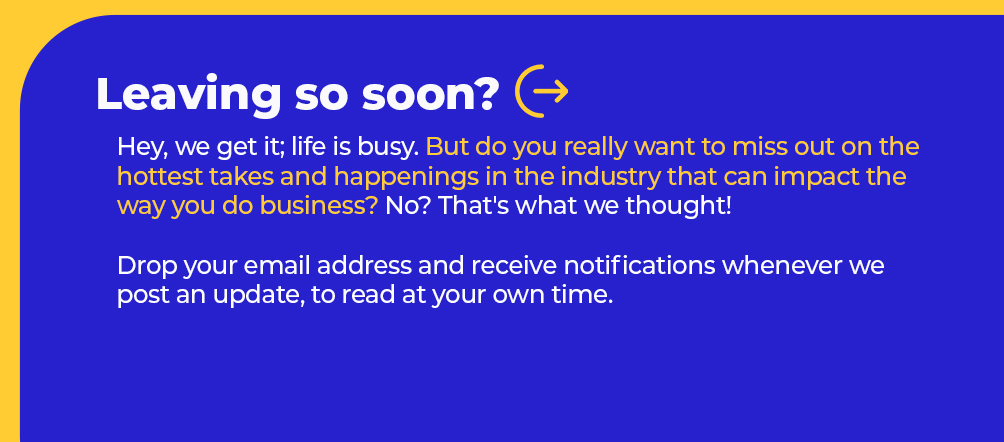Everything you need to know about Net Promoter Score (NPS)
The Net Promoter Score (NPS) system is one of the most popular and great tools to measure customer satisfaction and loyalty. It seeks to understand what your customers think about you as an organization, as well as your products and services. This, in turn, gives you insights into how likely your customers are to recommend you, stay on with you, and expand your reach through recommendations.
What is the Net Promoter Score (NPS)
The Net Promoter Score (NPS) is a benchmark that companies use to measure, evaluate, and improve customer loyalty. It uses a simple scoring system that translates complex metrics into a single measure of customer experience success.
How to calculate NPS
Before you calculate your NPS, you need to survey your customers first with questions like “On a scale of 0 to 10, how likely are you to recommend our services to a colleague?” Depending on the responses you’ll get from this question, you can then sort respondents into three groups:
- Promoters: Customers who respond to the question and give a score of 9-10 (These are customers who are very likely to recommend you and promote your brand. They have been consistently satisfied with your services and are happy to share their views.)
- Passives: Customers who respond to the question and give a score of 7-8 (Passives are those who are fairly satisfied with your offerings but would not go to actively recommend you. They may be consistent, but not necessarily loyal customers.)
- Detractors: Customers who answer the question with 0-6 (Respondents who give a rate anything from 0-6 are called detractors. These are often considered unhappy or unsatisfied customers.)
By looking at these groups, you’ll have an overview of how your customers, in general, perceive your business. Now, to calculate your NPS score, you will need to tally up the responses you earned from each category. You then subtract the percentage of detractors (customers who are not likely to recommend you) from the percentage of promoters (customers who are likely to recommend you). This gives you your net promoter score which ranges from -100 to 100. Note that passives are not included in the equation since these can’t be counted on either positive (recommend) or negative (not recommend) reviews.
It’s also important to note that different markets have different NPS benchmarks. It might be helpful to do some research on what the other companies in your industry are ranking before going deeper into your score or drawing conclusions.
Why is NPS important
It measures the likelihood of repeat business
NPS is ideal for when you want to evaluate customer loyalty. This measure is useful for forecasting business growth as well as gauging the health of your brand and overall customer satisfaction.
It’s relevant to all
The scoring system of NPS is fairly simple and easy to understand, making sure everyone on the team gets to wrap their heads around it. And, because NPS is a measure for the entire business, it’s a KPI that is relevant and applicable to all—not just to the management or operations team.
It provides direction for change and improvement
Some might think that NPS is just a one-time activity using a single question, but that’s not true. To maximize the real potential of NPS, you need to have a follow-up question to get deeper insights into why the customer responded the way they did. These questions are essential to understanding why some customers are likely to recommend you while some are not.
Remember that without feedback, NPS is just a number. By asking follow-up questions, you’ll get a sense of direction as to what changes and improvements need to be done.
It’s simple, user-friendly, and easy to implement
NPS surveys are quick, straightforward, and can easily be done online either thru email or via phone. Typically, there’s just one main question raised: “How likely are you to recommend our business?”, often followed by two to three additional questions to encourage further feedback. Generally, it would only take less than five minutes to complete the entire survey.
It’s a great tool to monitor change over time
Most companies conduct an NPS survey at least twice a year. This helps in keeping you updated about customer sentiments. It’s also great for identifying trends, trying to see if there are recent changes, and tracking business performance over time.
It’s easier to benchmark against competitors
Since NPS is a globally recognized system, it makes it easier for companies and organizations to benchmark against competitors and track progress compared to the rest of the industry.






